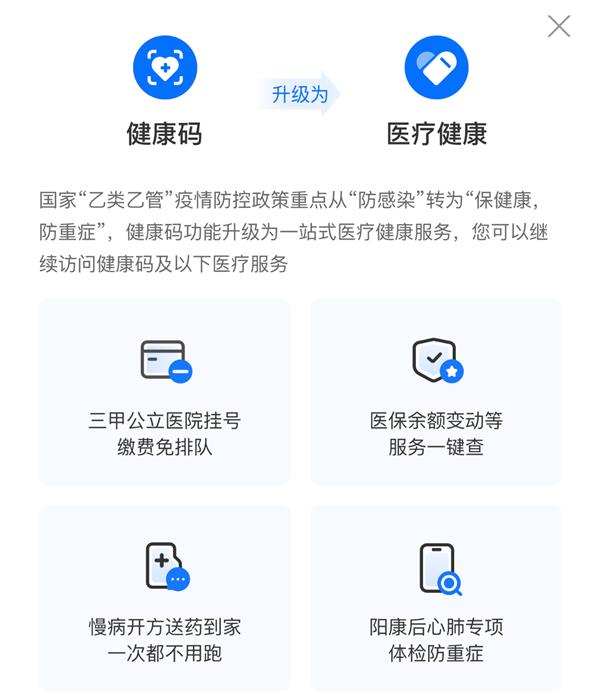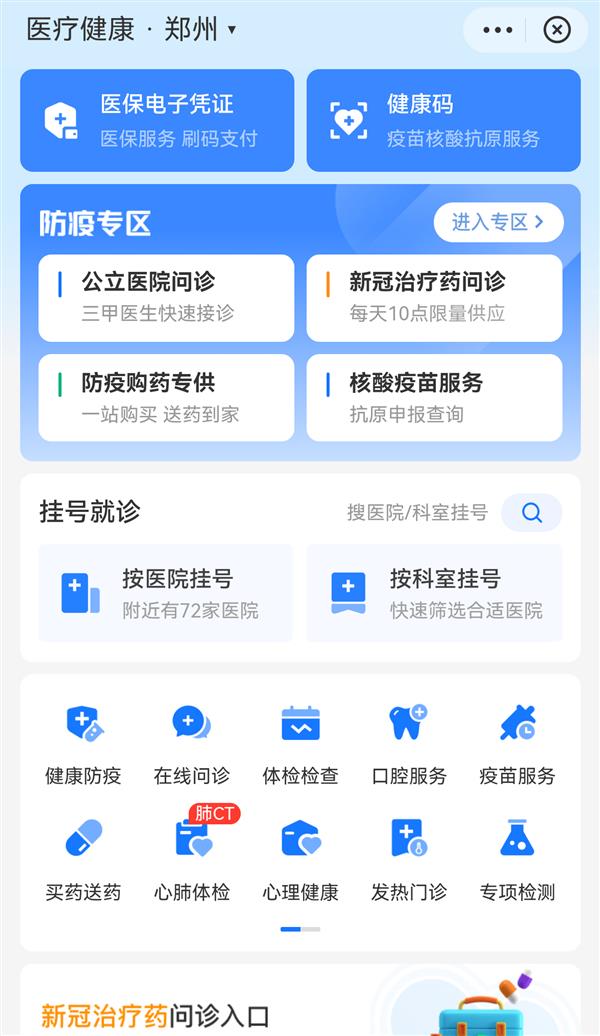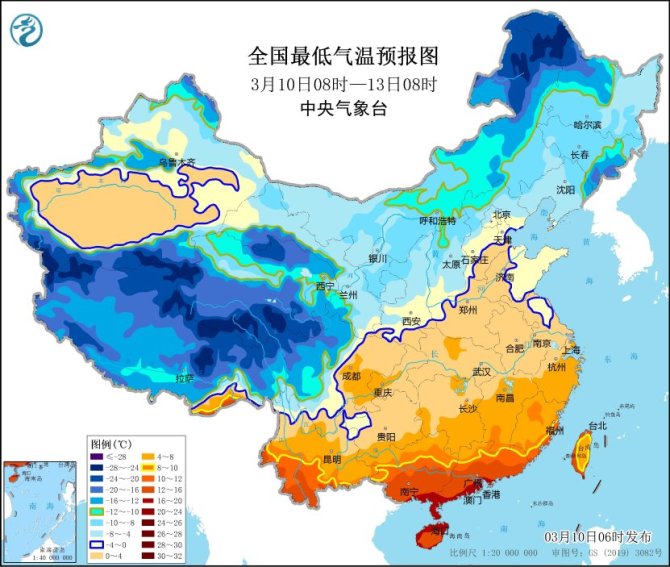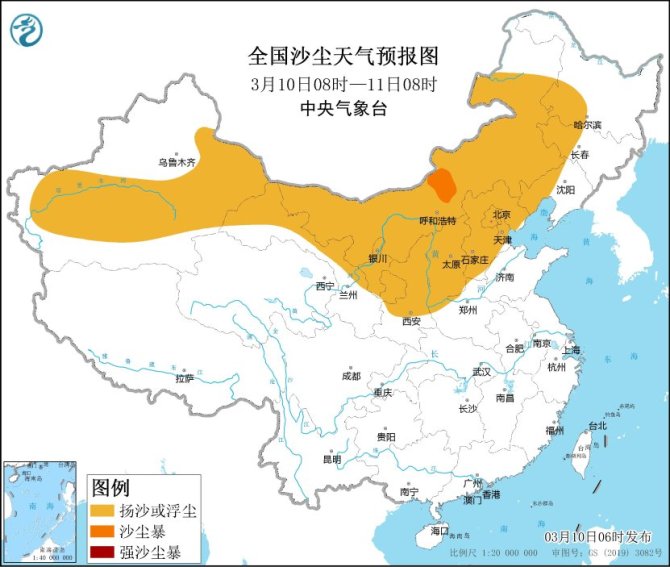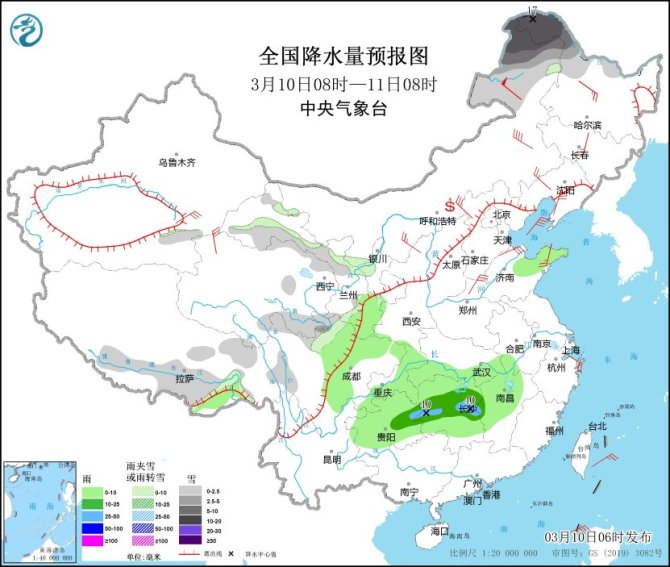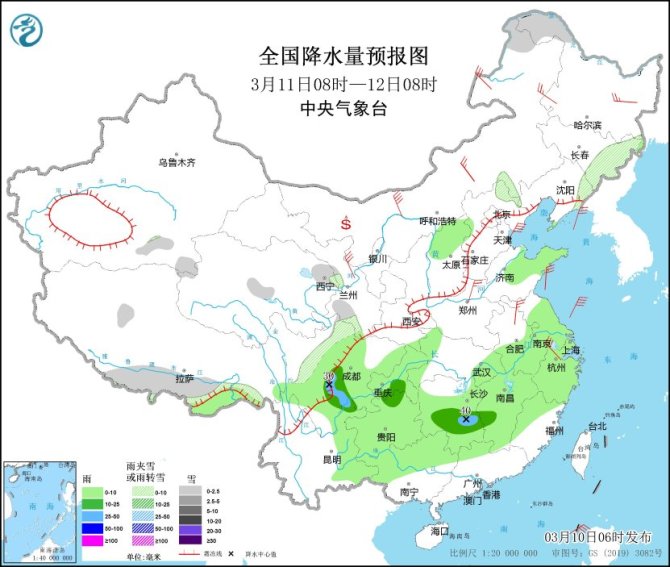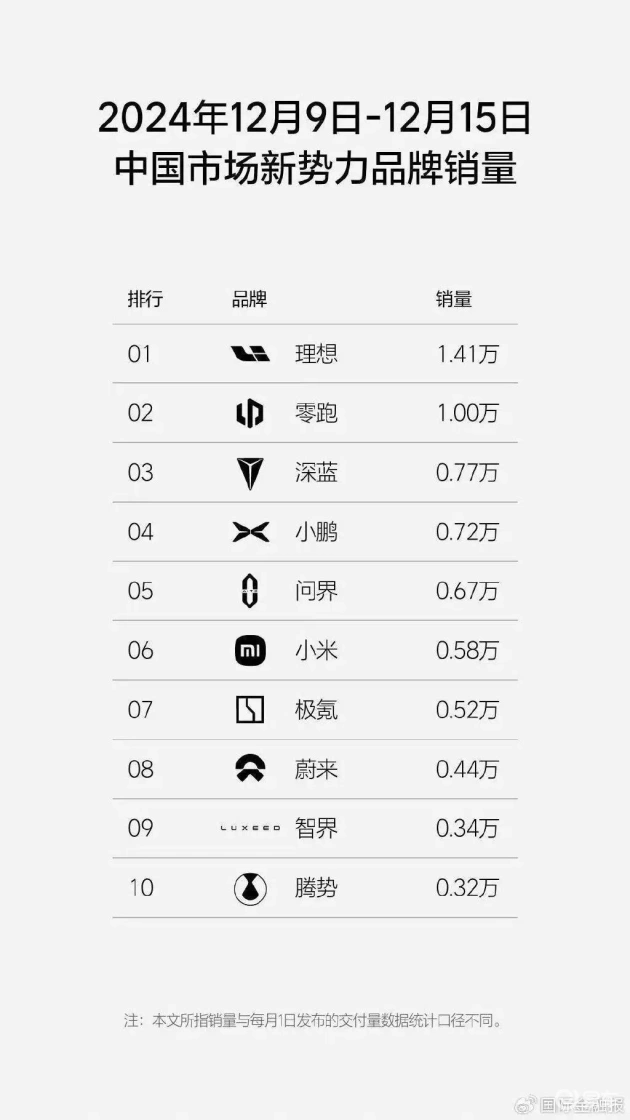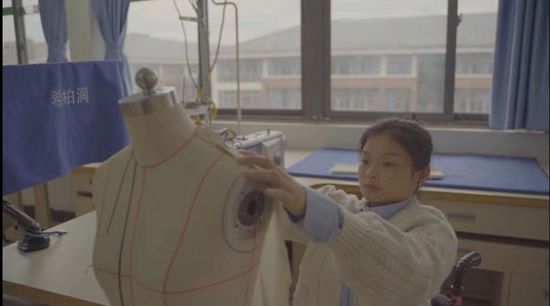
Zhang Xiaoli is designing clothes. The picture is provided by the interviewee
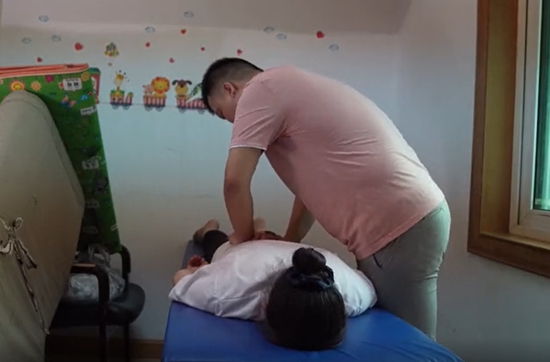
Xu Jinze is massaging his clients. The picture is provided by the interviewee

Life photos of Ganshanna. The picture is provided by the interviewee
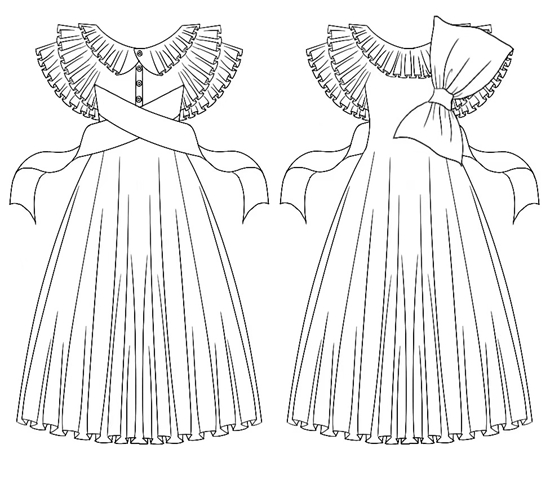
Zhang Xiaoli’s team designed a dress for Ganshanna. The picture is provided by the interviewee
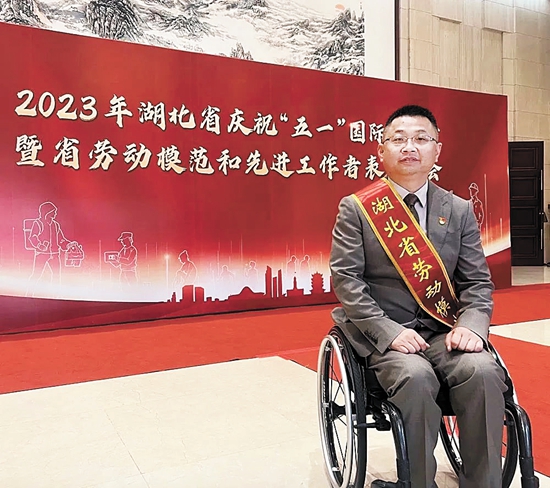
Hu Wenbing was awarded the honorary title of Hubei Model Worker. The picture is provided by the interviewee
"Try not to go out and drink water."
It takes Wang Juan 20 minutes to an hour to get dressed once.
As a paraplegic patient with cervical spinal cord injury, she has no consciousness below the clavicle, only her arms can move slightly. Dressing is the first topic every day among the many difficulties she has to face in life.
After years of exploration, Wang Juan has developed a suit of dressing procedures.
First of all, she needs someone to help her. This person is usually her mother. Every morning, Wang Juan lies flat on the bed, and her mother lifts her leg, first puts the foot cover into trouser legs, and then pulls the waistband up a little. Usually at the thigh, the pants can’t be pulled. Mother wants Wang Juan to lie on her side, lift her waist and thighs, and then continue to pull the pants until she can’t.
Then the other leg, repeat the same process until the pants are completely put on.
"It’s like a pancake that has been tossed from side to side." Wang Juan teased himself.
Put on her pants and she can be moved to a wheelchair to put on her coat. The upper body is out of control, so she can only lie in her mother’s arms and keep her back hanging with her mother’s support, so that the clothes piled up at the shoulder and neck can be pulled down.
There are few clothes in summer, and in winter, from thermal underwear to knee pads, you have to put them on your body layer by layer, so Wang Juan chooses to go out less.
I have to bend down to dress my daughter. Wang Juan’s mother suffers from lumbar muscle strain. Although she has raised the bed and put on an auxiliary belt, she still needs to rest several times during dressing. Looking at all this in bed, Wang Juan couldn’t help thinking, "What should I do if my mother can’t take care of me one day?"? I want to go back to the original appearance and stay in bed? "
There are more than 85 million disabled people in China. In recent years, their situation has attracted more and more public attention, and the construction of barrier-free facilities in public spaces has been improved. However, in private spaces, they still have many individual and specific needs, and dressing is one of them.
For Li Feiyu, 24, dressing is no longer a problem. When she was 7 years old, she was paralyzed by acute myelitis, and for the next 17 years, she was accompanied by a wheelchair. The mother did not take care of her daughter as a weak person, but asked her to take care of herself as much as possible within her ability.
Li Feiyu can’t remember the details of learning to dress as a child, leaving only the impression of "very hard and difficult". What she remembers deeply is a set of dressing movements that have been practiced. Li Feiyu feels that it is more difficult for many people who encounter disability difficulties in adulthood to learn to wear clothes than themselves.
Li Feiyu works as a volunteer tutor in a public welfare project called "Life Reconstruction", teaching people to wear undresses in wheelchairs. I can’t talk about any skills. Most of the time, the tutor can only do it by himself. By repeatedly undressing, the students can follow suit.
It is not difficult to learn the process and skills. After two or three days of classes, most students can master the basic skills. The hard part is that after that, they need to let their skills and limbs run in for a long time, and finally find the best dressing tips for them.
Li Feiyu remembers a former weightlifter. After the girl was paralyzed by spinal cord injury, she became strongly dependent on her parents and relatives and refused to take care of herself. When she first entered the training camp, she called the nurse for help in everything. Li Feiyu patiently guided her and taught her how to dress independently. Pants can’t be lifted up, and girls used to think that they were not strong enough. "But she is a weightlifter. It can’t be a matter of strength. She just didn’t find the trick." Li Feiyu recalled.
"This is a cognitive problem. Many disabled people think that I am sick, I can’t, and others have to help me. This concept is very dangerous. I hope disabled friends can have a more independent life." Wang Juan said.
"Independence" is limited after all. For example, when going to the toilet, the reporter learned in the interview that many wheelchair users with lower limbs paralysis will try not to drink water when going out, because going to the toilet is very troublesome. They need to lift their bodies from the wheelchair with their arms, and then one person will help them to take off their pants. Because their lower limbs can’t stand, they can’t sit on the toilet in a normal posture like ordinary people. Someone needs to set them up and ride backwards on the toilet with the barrier-free handrail.
In 2006, Wang Wenjuan, who taught in the Department of Fashion and Costume Design of Beijing University of Technology, went to Chaoyang District Disabled Persons’ Federation for investigation. A wheelchair user calmly showed her the whole process of going to the toilet, while the scholar cried.
She thought, there is a surplus of fashion for the able-bodied and the disabled have never owned their own clothes in the real sense. "We should see more of the needs of these minorities."
Real designers are not designers.
The concept of "barrier-free design" was born in the architectural field at the beginning of the 20th century. The original intention of this concept is to create a "convenient, safe, equal and participatory" space for the disabled by using modern architectural design skills.
At the beginning of this century, in China, few people tried to combine "barrier-free" with "clothing design". Therefore, when the design team of Beijing University of Technology began to do relevant research, everything seemed to "cross the river by feeling the stones".
Wang Wenjuan recalled that she and her team members sought support from the Disabled Persons’ Federation and set up a research meeting. However, most people with disabilities are inconvenient to go out, so they go to other activities organized by the Disabled Persons’ Federation to conduct on-the-spot research while the participants are resting. In order to better understand the immediate needs of the disabled, they will try to reconstruct the scene, such as tying their arms with ropes to simulate armless people, or wearing protective gear to experience the feelings of hemiplegic patients.
In such research, they found some real needs. For example, most armless people use their feet instead of their hands, so they need to consider adding more functional designs to their lower body clothes, "putting pockets on their legs"; The underarms of crutches bear pressure and friction for a long time, so it is necessary to consider increasing the wear resistance and breathability of the underarm fabric of their tops; Visually impaired people have higher requirements for shoes. When they walk, they usually need to "explore the road with their feet", and the wear rate of shoe tips is high.
Different types of disabled people have different needs for clothing. Even people with similar disabled parts, individual differences in concept, symptoms and body shape make their demands for clothing different. These demands are hidden and complicated, which put forward very high requirements for the preliminary research work of the design team of Beijing University of Technology.
"Wheelchair users" is the research focus of the design team of Beijing University of Technology. On the one hand, they have the most prominent clothing barriers, and on the other hand, people with physical disabilities are the largest in all disability categories, accounting for about 29%.
For "wheelchair people", clothing design should not only realize the basic functions such as "putting on and taking off conveniently", but also pay attention to the needs of many details. For example, pants should be high-waisted, because they usually need to wear diapers to go out, and high-waisted pants can cover the upper edge of diapers; The crotch design needs to be wider than ordinary people’s pants, because wheelchair users sit for a long time all the year round, and the waist and buttocks are easy to accumulate fat; Cuffs are easy to wear because they often push wheelchairs, and at the same time, complicated design should be avoided to prevent them from being involved in wheelchairs; For men, ordinary belts and front crotch zippers may cause sedentary discomfort.
"People with disabilities are eager for us to solve the problem. In fact, they didn’t have much idea about clothes before, thinking that clothes should be worn like this and they are used to it." Wang Wenjuan said.
Before understanding the concept of "barrier-free clothing", Zhang Xiaoli was such a patient. At the age of 11, she was forced to sit in a wheelchair because of the severe kyphosis deformity of 180 degrees, which compressed her nerves and caused paralysis of her lower limbs.
"I used to feel unconsciously that there were no clothes suitable for us. I couldn’t buy clothes and I couldn’t wear the confidence of ordinary people." Zhang Xiaoli recalled, "I have never worn a skirt beautifully, and it is my biggest dream to wear a dress properly."
Twelve years later, 23-year-old Zhang Xiaoli finished spinal orthopedic surgery and put on a skirt. She cried happily, which also prompted her to think further: "Why are there no clothes specially made for the disabled?"
In 2021, Zhang Xiaoli came across the enrollment brochure of Chengdu Textile College and came up with the idea of making clothes for the disabled. She applied for this school and began to study fashion design. With the support of her teachers, she established a design team of "barrier-free clothing".
She named this project "23-degree Clothing Setting" because in her hometown of Aba Prefecture, Sichuan Province, 23 degrees Celsius is the most comfortable temperature, and she also learned that the most comfortable temperature that human body can feel is 23 degrees Celsius.
"This is what I understand as barrier-free clothing. People with disabilities can find the most suitable and comfortable feeling by wearing such clothes." Zhang Xiaoli said.
In Wang Wenjuan’s view, the core of "barrier-free clothing" is its functionality, and "solving problems is the first purpose". For example, she and her team designed the "barrier-free and convenient pants" for wheelchair users, and designed the pants as a piece of cloth-style fully open style. Instead of lying on the bed as before, they can be spread on the wheelchair, sit directly on it, and then zip the open cloth edge. At the same time, in order to solve the toilet problem of wheelchair users, this team has made a crotch design that can be opened and closed directly from behind, reducing the steps of wearing and taking off.
Wang Wenjuan recalled that to design a barrier-free garment, it is necessary to know the actual needs of the disabled people through investigation and study, and make repeated measurements and communication during the design process to constantly confirm the specific situation of the wearer.
"It’s not a one-off event, but an iterative process." Wang Wenjuan said, "So the real designers of barrier-free clothing are not the designers themselves, but those with disabilities. We just help them complete the design according to their needs."
Put it on, not hide it.
Zhang Peng, a professor at the Department of Fashion Design of Beijing University of Technology, pointed out that it is important to consider the functionality when designing barrier-free clothing, and at the same time, it is also necessary to consider the wearer’s acceptance in psychology and emotional dimension, and it is necessary to pay attention to both function and aesthetics.
In the survey, the team found that when people with disabilities are asked about their demands on the appearance of clothes, their expression is often: "Please let me be like a normal person."
"Being normal" is Ganshanna’s dream.
Similar to Zhang Xiaoli, Ganshanna suffers from severe scoliosis. Looking from the back, her right waist is empty, while her left waist protrudes high, and the height difference between her shoulders is significant.
When she was a child, Ganshanna never dared to think about her "favorite clothes" because she could only wear "suitable clothes". When mother and grandmother buy clothes for her, the first principle has always been "how to better cover up the physical abnormality".
Ganshanna wears a lot of clothes that she doesn’t like, but she never asks, "because I think it’s good that I can have clothes to wear."
She drew her longing on paper. The clothes she likes but can’t wear are quietly hidden in the album by her. "It seems that they belong to me after painting." She remembers that there was a beautiful girl in the class who had beautiful and inexhaustible clothes. Ganshanna was a little jealous, but more envious. "I want to be friends with her, and I want to be close to my ideal type."
The reality is that Ganshanna’s fantasy is always broken by her classmates’ abuse of "monsters". She suppressed her desire for beautiful clothes. "I don’t think anything a little better suits me, so I can’t think about pursuing it anymore."
Wang Juan and Ganshanna have similar mental processes.
Recalling the days before the car accident at the age of 19, Wang Juan would talk about her fighting with friends, running, shopping and wearing high heels herself.
There used to be many pairs of high heels in Wang Juan, with different materials, colors and heel heights … … Fill the shoe cabinet. Later, she got into a wheelchair and threw away all her high heels.
She said that you don’t need many shoes in a wheelchair, because you don’t need to walk, and a pair of shoes can last for a long time. For her paralyzed lower limbs, a pair of shoes is far more important than "good-looking". Give her shoes, mother should squat down in front of her legs, try to loosen her knees, and then slowly put her feet into the shoes. There is always a toothbrush in the storage bag on the back of her wheelchair. When she can’t put on her shoes, her mother will use the toothbrush back to smooth the toes in the shoes.
Wang Juan always wears those pairs of shoes that are convenient to put on and take off, and more importantly, "I don’t want to see my old high heels again."
A few years before the accident, Wang Juan was lying in bed all day, counting the folds on the curtains, counting from left to right, and counting the concave surfaces before counting the convex surfaces. "That’s the only place my eyes can see except the ceiling.".
At that time, she no longer had any expectations for life and the future.
The turning point came in 2015. Teachers from the local Disabled Persons’ Federation Rehabilitation Center found Wang Juan and invited her to participate in a public welfare training camp for people with spinal cord injuries.
"I don’t know how to describe it in words, but this training camp has such magic. You have found a group life similar to yours. When you see others’ self-confidence and cheerfulness, you will feel that I can change my life and live well."
Wang Juan recalled that when he first entered the camp, many people didn’t wear shoes, or wore colorful thick-soled wool socks knitted by rural elders. She explained that these people are at home all the year round and have no need to go out, so they don’t need shoes; Or they want to continue the state at home, what it is like at home, and it is still the same outside.
There is a boy with a head of hair that obviously collapses on one side. Wang Juan thinks of herself. She also has the same hairstyle when she is in bed all the year round. She used to love to wear clothes, go shopping and buy fashion. After paralysis, she wore a flower sleeping jacket all day. "I don’t think there is any problem with this. It seems that everyone agrees that this is what I should wear."
When she arrived at the training camp, Wang Juan saw that some injured friends who were also in wheelchairs were dressed appropriately. After returning home, she asked her mother to take out one of her down jackets and didn’t want to go out in cotton pajamas. Mother’s first reaction was to refuse. She concluded that Wang Juan could not put on her old clothes, and most of them were given away or thrown away.
At Wang Juan’s insistence, her mother helped her put on the down jacket. It was just a very ordinary and plain black down jacket, but she never forgot it.
Wang Juan asked her mother why she felt that she couldn’t wear her old clothes. She remembered her mother mumbling, "I don’t know what to think, but I think you can’t wear your old clothes."
After the training camp, at a party with injured friends, Wang Juan bought the first hairband after the injury. "You ask me why I want to buy it? I don’t know. But I saw it when I was shopping. At that moment, I saw myself through the mirror. I thought I was beautiful. I think I want to have it, I should have it, and I deserve it. "
Ganshanna has also gained the sense of beauty and dignity brought by dress.
When she was a freshman in high school, she bravely tried on a lavender "Lolita" dress under the recommendation of a friend. For her who has always had a strong sense of inferiority, it is a great challenge to try such a gorgeous dress style. Unexpectedly, she won the admiration of her classmates.
This is the first time Ganshanna has gained confidence because of her appearance. After that, she tried different styles of dresses. With the support and encouragement of her friends, she gradually became indifferent to the negative comments.
"People who praise me will shout it out louder." She said, "I feel that I also have the right to pursue beauty."
When she was in college, Ganshanna heard of Zhang Xiaoli’s "23-degree dress-fixing" project in a fashion design competition, and "she felt stabbed in the heart at once". This is also the first time she has heard of "barrier-free clothing".
After getting to know the Zhang Xiaoli team, Ganshanna has a "customized skirt". The "A-shaped" version well covers her distorted waistline due to scoliosis, and the bow that unfolds obliquely at the back visually adjusts her high and low shoulders.
This dress also implies the blessing of Zhang Xiaoli team members to Ganshanna: "I hope she can change like a butterfly."
The design is trapped in the drawings.
When studying "barrier-free clothing" in 2006, the Department of Clothing and Clothing Design of Beijing University of Technology was still a "lonely pioneer". Nowadays, it has many "teammates", and many universities across the country have successively carried out research on "barrier-free clothing". However, until today, many design concepts are still trapped in drawings, and there are few real industrialized products.
Some international clothing brands have also entered the field of design and production of barrier-free clothing. Tommy Hilfiger, an American casual clothing brand, designed jeans that can cover artificial limbs for people with disabilities; Nike, a sports brand, has developed a series of "GO FlyEase" sports shoes for the disabled. Some barrier-free fashion brands have emerged, such as Rebrith Garment and Tenbo. According to the report of Coherent Market Insights, an international data analysis organization, the global barrier-free clothing market is expected to reach 400 billion US dollars in 2026.
Since 2017, several domestic enterprises have contacted the service team of Beijing University of Technology to discuss cooperation matters, including a well-known down jacket enterprise. Finally, after being evaluated by the marketing department, the brand gave up its investment and turned to overseas markets with more profitable space. There are also some venture capital companies that are more willing to speculate on concepts.
"We hope to serve social groups, but corporate investors are more concerned about benefits." Wang Wenjuan helpless way. She understands the concerns of enterprises, and the research and development of "barrier-free clothing" is difficult and the production cost is high. Choosing "barrier-free clothing" means rebuilding the team and production line. "All design teams and technical teams … … The materials may be different from before, and the risks faced by enterprises are great.
In addition, different from the garment design of healthy people, the individual status of disabled people is very different, and there is no "standard size" due to the lack of relevant measurement data, which makes it difficult to achieve assembly line mass production of garments and needs to be customized according to individual needs.
"The ideal state is to be able to solve individuality from commonness." Wang Wenjuan said. But it also means greater investment in research and development.
Wuhan textile University professor Yan Jun introduced that the overall size of foreign garment industry is small, with a long development time and a high degree of refinement. "They can have 11 sizes for a pair of trousers, and we may generally have only 4 sizes. Foreign garment enterprises are more accepting of the complexity of garment production."
China’s clothing industry has the origin of cooperation with foreign trade enterprises after the reform and opening up, and it has the gene of mass production itself. Mass production is the consensus of many clothing enterprises, which will also affect the willingness of enterprises to invest in "barrier-free clothing".
Compared with the high cost of original design, the cost of pirated clothing is low. According to Wang Wenjuan, in recent years, China has paid great attention to the protection of patent property rights, and the designers’ association has been studying the issue of clothing copyright, but clothing is too easy to be pirated. "You have worked hard, and if you put it into the market, it may be pirated immediately. You are helping them develop it at no cost."
Even if we can go to the last stage of production, sales will be a big problem. There are more than 85 million disabled people in China. On May 15th this year, the China Disabled Persons’ Federation held a theme conference on the Day of Helping the Disabled, indicating that by the end of 2022, 10.455 million disabled people would be included in the minimum living guarantee. Most people with disabilities have low economic level and poor consumption power. The price of "barrier-free clothing" of foreign brands is thousands of yuan, which is difficult for them to afford.
"The difficulties faced by barrier-free clothing are all aspects. It is a comprehensive and systematic problem. It is indeed valuable, but it is also difficult and needs to be promoted slowly." Wang Wenjuan concluded.
Clothing is a symbol.
Xu Jinze is a visually impaired person who has long been concerned about the protection of the rights and interests of disabled groups. In his view, the development dilemma of "barrier-free clothing" essentially reflects the general survival dilemma of disabled groups.
He cited his visually impaired group as an example. On the surface, most visually impaired people’s dressing styles are very simple, simple and conservative. On the one hand, it is because of visual impairment that they limit their imagination of dressing. The deeper reason, he thinks, is that the visually impaired group "has a single living and growing environment, which leads to their single demand for beauty and clothing."
He has been engaged in massage for the blind for a long time and is currently a partner of a chain massage brand. According to him, there are 17 million visually impaired people in China, and about 1.8 million people have formal jobs, and 90% of them are engaged in massage for the blind. On the other hand, most visually impaired people were educated in blind schools and grew up in a closed environment.
"The environment in which we grow up, live and work defines our future, and clothing is just a representation under this definition. When we discuss clothing, we should pay attention to the humanistic factors and social problems behind it. "
Compared with discussing "barrier-free clothing" from an industrial perspective, Xu Jinze believes that what this field needs more is actually a kind of "multi-integration" of society. The relationship between healthy people and disabled people should not be simply "seeing and being seen", but "accepting and being accepted". "We are all surrounded by a specific environment. It is not that you are unwilling to help us. It is that you can’t find our needs, and even we don’t know our own needs. We are separated."
Xu Jinze mentioned that in Japan, visually impaired students can also study in normal public schools, and there will be teachers in charge of special education who will come to the school and class where the student is located to help him coach Braille and have barrier-free communication with his classmates. If this process continues from primary school to higher education, the student will naturally blend in with the surrounding environment, and after graduation, he will have the opportunity to engage in more kinds of jobs, without having to call for "getting to know each other" after he becomes an adult.
Hu Wenbing, vice chairman of Wuhan Association for the Disabled, also stressed the importance of integrating the disabled into society.
Hu Wenbing used to be an executive of a central enterprise. At the age of 37, he was disabled by a car accident. After the injury, he promoted the establishment of a "life reconstruction" public welfare training camp, aiming at helping the disabled to adjust their mentality, learn skills and reintegrate into normal society.
Dressing teaching for wheelchair users is an important course of "Life Reconstruction" project, and Hu Wenbing is happy to see people’s concern about the dressing needs of disabled people.
"Now it is no longer a society where people with disabilities are confined to their homes, especially those who are disabled the day after tomorrow. Many people have good academic qualifications and jobs before, if they can put on and take off their clothes and ‘ Erbian ’ If the problems are handled well, then they will have more opportunities to make their own careers in society. "
In the training camp, Wang Juan saw many students regain their willingness to dress up in mutual support. Some people took off their knitted wool socks and put on fashionable snow boots, and began to pay attention to dressing decently and beautifully like healthy people.
Wang Juan remembers that once, she and her friends were asked in the street where the wheelchair was rented. "I mistakenly think that we are healthy people who are too lazy to walk. It didn’t happen before. When others look at it, I think it is a disabled person or a patient. "
Wang Juan also saw that a group of disabled people were rebuilding their lives with love and support. Clothing has become a symbol, expressing her and many disabled people’s demands and expectations to integrate into society. In her view, this expectation is nourished by the support and care of many parties in society, which is in line with the original intention of the birth of the "barrier-free concept".
Although the development of "barrier-free clothing" still has a long way to go, the research team of the Department of Fashion and Fashion Design of Beijing University of Technology is still willing to remain optimistic. They said that in recent years, they have received more and more attention from multimedia, universities, enterprises and non-profit organizations. This concern itself represents the development trend of social concepts. At least in the field of fashion design, they hope that "barrier-free clothing" can convey an idea to students and the public:
"Don’t be satisfied with your immediate needs, but pay more and more attention to others and society."
Zhongqingbao Zhongqingwang Trainee Reporter Yan Sitong Source: China Youth Daily




